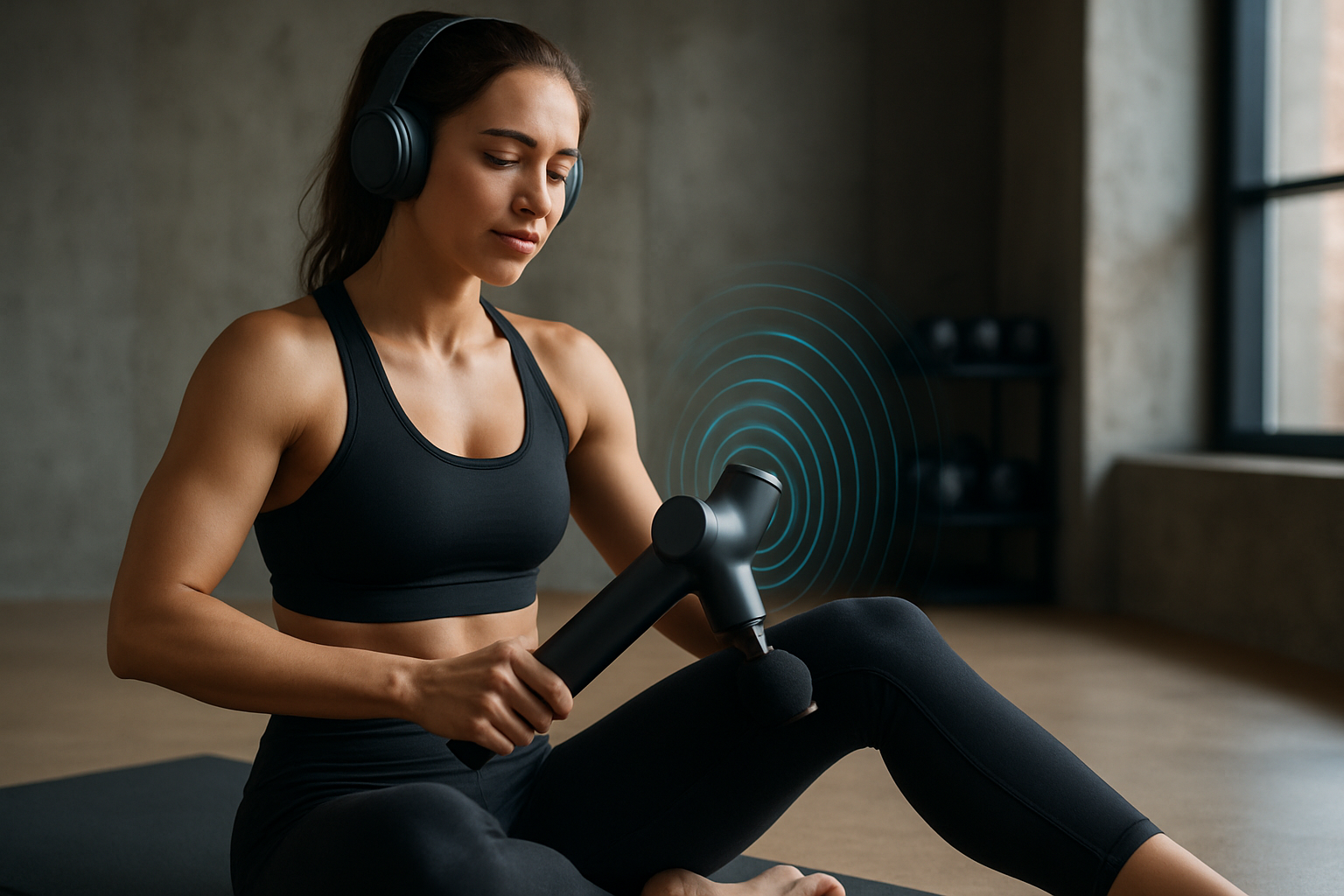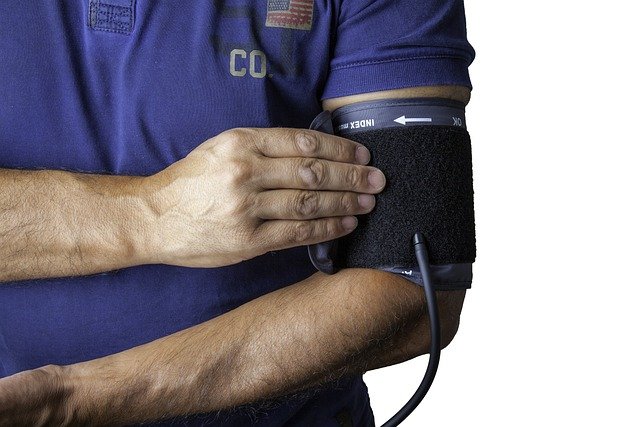Activity adjustments to prevent heel strain recurrence
Managing recurring heel strain requires practical changes to daily movement and footwear, alongside targeted exercises. This article outlines activity adjustments, supportive options, and rehabilitation strategies to reduce the chance of repeat symptoms. Information covers gait patterns, stretches, orthotic considerations, and complementary therapies for sustained recovery.

Activity adjustments are essential to prevent heel strain from returning. Persistent discomfort often reflects repetitive loading patterns, inappropriate footwear, or insufficient recovery between activities. By combining movement modifications with targeted stretching, supportive insoles, and gradual rehabilitation, many people can reduce inflammation and protect the plantar tissues over time. Below are structured approaches that address common contributors to recurrence and provide pragmatic steps you can take within your routine.
This article is for informational purposes only and should not be considered medical advice. Please consult a qualified healthcare professional for personalized guidance and treatment.
How does heel inflammation develop and persist?
Heel inflammation often begins with repeated microtrauma to the plantar fascia or adjacent tissues. Activities that involve prolonged standing, sudden increases in running volume, or frequent uphill walking concentrate load under the heel. Poor shock absorption in footwear or a stiff gait can amplify stress and slow recovery. Reducing inflammation typically requires a short-term mix of rest, activity modification, and anti-inflammatory strategies while addressing the mechanical causes that let symptoms return.
What footwear and insoles support recovery?
Choosing appropriate footwear limits excessive strain on the arch and heel. Shoes with a stable heel counter, moderate cushioning, and a slightly raised heel reduce plantar tension during stance. Insoles and prefabricated orthotics can redistribute pressure, support the medial arch, and improve shock absorption for daily activities. When selecting insoles, consider arch height and activity type—running insoles differ from everyday supportive inserts. If over-the-counter options fail, a specialist can assess whether custom orthotics are necessary for long-term management.
How can gait changes reduce recurrence?
Small adjustments in gait can markedly lower repetitive stress on the plantar fascia. Shortening stride length, increasing cadence (steps per minute), and avoiding excessive heel strike when running can reduce peak forces through the heel. A gait assessment by a physio or running coach can identify compensations—like overpronation or limited ankle dorsiflexion—that contribute to strain. Targeted cues and progressive drills can help retrain movement patterns so daily walking and exercise load the foot more evenly.
Which stretches and calf work help prevent flare-ups?
Tight calf muscles and a limited ankle range increase tension in the plantar fascia. Regular calf stretch routines—both straight-knee (gastrocnemius) and bent-knee (soleus) variations—promote ankle mobility and reduce pull on the arch. A typical prevention program includes several short calf stretches multiple times per day, plus eccentric calf strengthening and toe curls for intrinsic foot musculature. Consistency matters: gentle daily stretching paired with progressive strengthening supports tissue resilience and lowers reinjury risk.
When might a splint, physio, or massage be beneficial?
Night splints can maintain a gentle dorsiflexed position overnight, minimizing morning stiffness for some people. Physiotherapy (physio) provides individualized assessment and a graded rehab plan that includes mobilization, guided exercises, and loading progression to return to function safely. Therapeutic massage or soft-tissue techniques can reduce local tightness and promote circulation but should complement—rather than replace—structured exercise and load management. These interventions are tools to support recovery and prevent recurrence when used with activity modifications.
How to structure exercise and rehab to avoid relapse?
Design rehabilitation progressively: begin with low-impact cross-training (swimming, cycling) to maintain fitness while reducing heel load, then introduce controlled weight-bearing exercises. Gradually increase duration and intensity, monitoring for symptom recurrence. Balance and proprioception drills improve foot control, while plyometric or high-impact work should be reintroduced slowly, often after 6–12 weeks of progressive loading depending on individual response. Keeping a training log helps identify activities or abrupt changes that trigger setbacks.
Conclusion Preventing heel strain recurrence involves a multifaceted approach: modify activities that overload the heel, choose supportive footwear and insoles, address gait and calf flexibility, and follow a progressive rehab plan supervised by professionals when needed. Combining these strategies reduces inflammation, improves tissue resilience, and helps maintain pain-free function over time. Consistent, measured adjustments to daily movement and care routines are central to long-term prevention.






